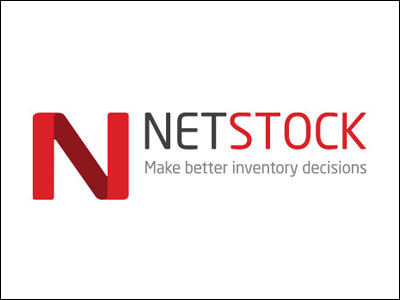Improved supplier data will give your supply chain the competitive advantage to drive customer loyalty.
Netstock recently collaborated with leading supply chain transformation expert, Lisa Anderson, Founder & President of LMA Consulting, to discuss how businesses can improve supply chain processes and reduce supplier risk to ensure they meet demand.
According to Zippia.com, only 6% of companies report having complete supply chain visibility. With access to improved supplier data, you’ll better understand your supplier network and utilize these insights to ensure you make the best decisions to optimize your planning. Investing in a supply chain planning solution that monitors and measures suppliers’ reliability will increase supplier visibility across your supply chain.
Use these five steps to manage and identify supplier risk across your supply chain.
Step one: Classify your suppliers.
To prioritize your efforts, you should know the following information about your suppliers:
- Which suppliers deliver on time and in full
- How many items each supplier provides
- The average lead time per item
- What stock items come from which locations
External disruptions also impact suppliers. By increasing the frequency of communication with your suppliers, you’ll know if they are experiencing any challenges in sourcing materials or potential delays in delivering your products. This information will help your business quickly adapt to any increased lead times so you can find an alternative solution.
Step two: Use a dashboard to help disseminate the data.
Work with improved real-time supplier data across your supply chain. During these volatile times, having a Sales & Operations Planning solution in place can help manage the data and provide visibility to make the best choices to help your business minimize supplier risk.



